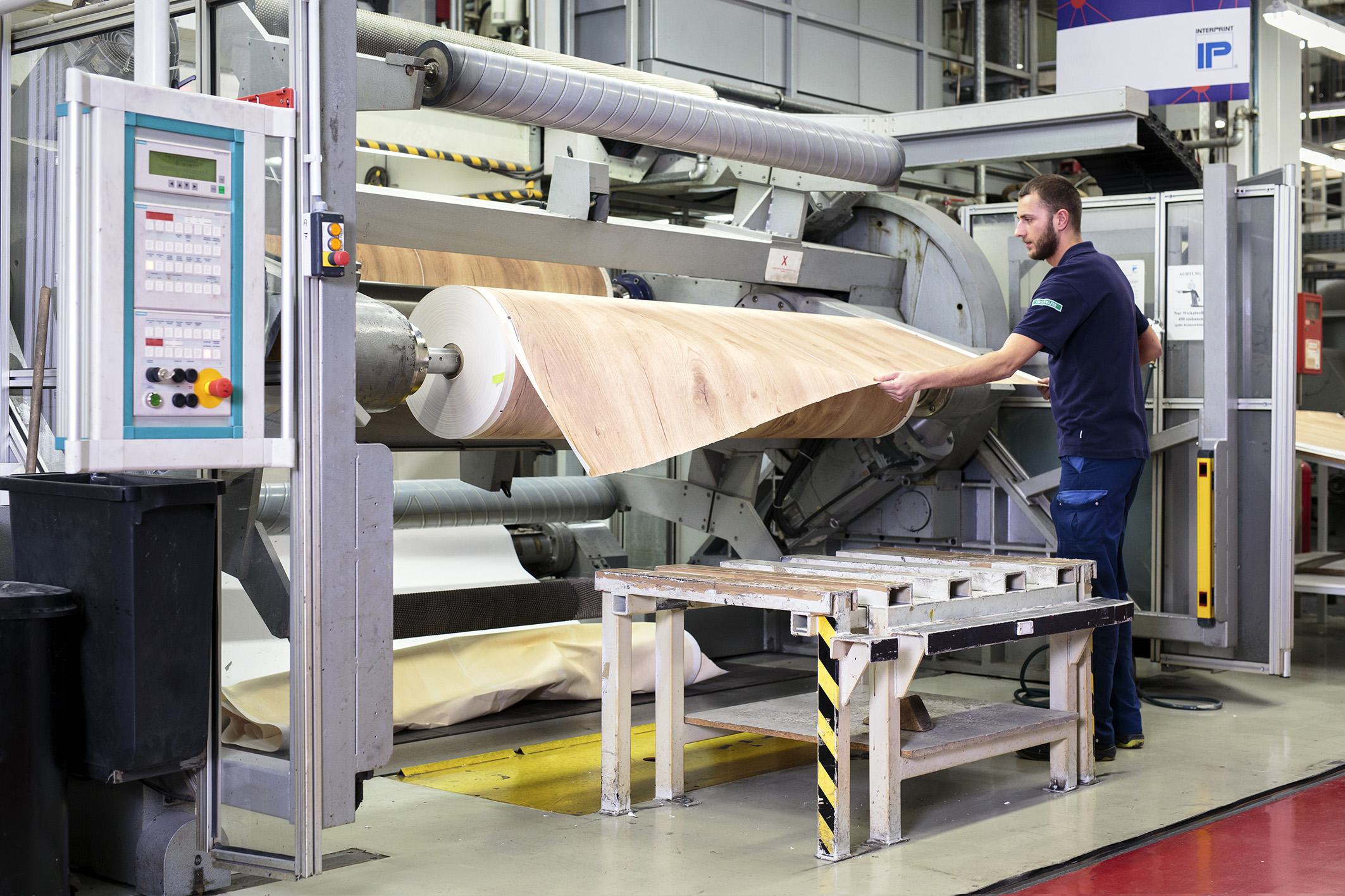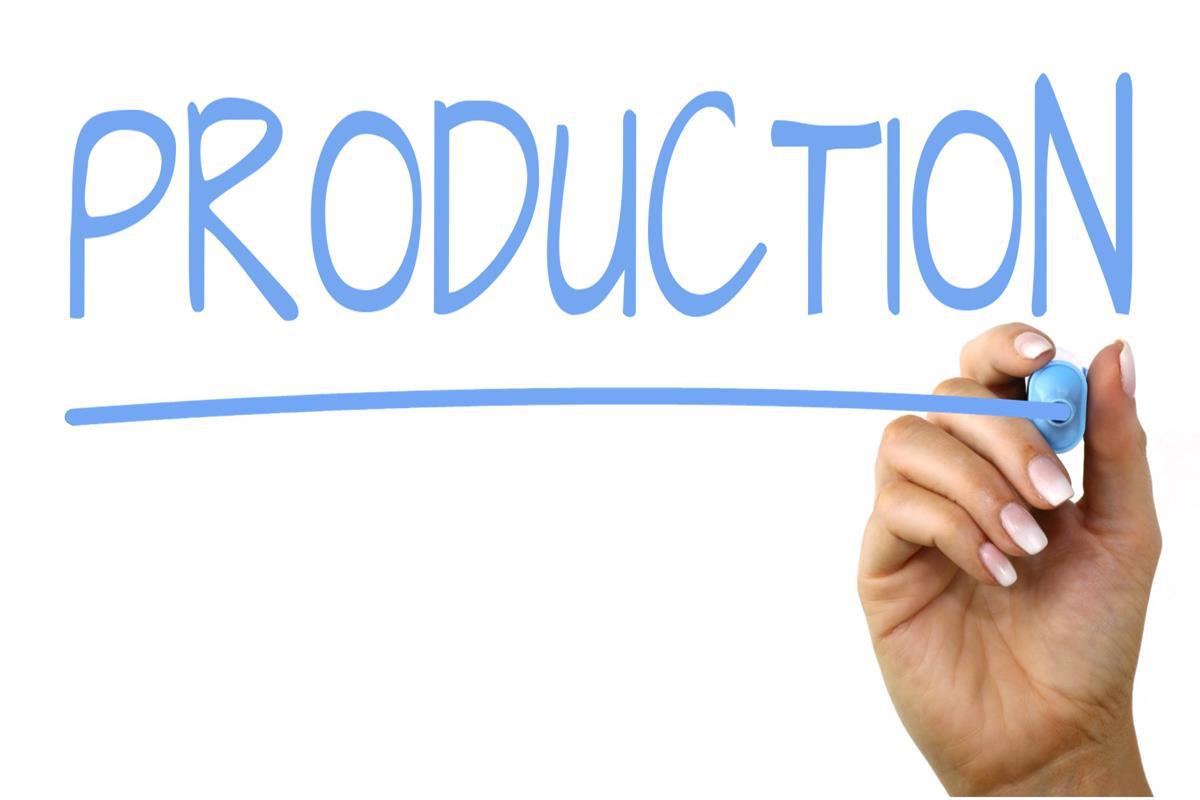Production challenges have become part of the modern-day union of technology and creativity. Whether you’re creating a film, a television show, or a digital game, chances are high that you will encounter some kind of obstacle along the way. It’s important to learn how to think on your toes and develop strategies to overcome the challenges that arise. This article will provide you with an overview of some of the most common production challenges and offer solutions to help you navigate them. Get ready to take your production work to the next level!
1. Identifying Common Production Challenges
When it comes to manufacturing processes, common production challenges are often encountered regardless of the industry sector or establishment size. Keeping a close eye on potential hurdles can help minimize potential losses relating to time, money and resources.
The following are some of the more frequent production challenges faced by manufacturing companies:
- Equipment Issues: Manufacturing processes often require a significant amount of machinery and equipment that can break down or damage easily. Error codes, paper jams, and other technical malfunctions can quickly lead to production delays.
- Lack of Efficiency: Reducing overall energy consumption and material costs; improving product quality; and streamlining production process, are all components of improved efficiency. Without an effective and organized manufacturing workflow, this is impossible.
- Inventory Management Problems: Unsystematic inventory practices and lack of visibility into the inventory flows can often lead to production bottlenecks and higher cost.
- Quality Issues: Superior product quality is essential for staying competitive in the market. Manufacturing processes require quality inspections and testing to ensure that the products meet set standards.
- Lack of Science-Based Manufacturing: Improving the accuracy,Thank and consistency of production processes, requires robust scientific processes. Greater transparency into production processes leads to increased savings and improved quality outcomes.
Ultimately, productive projects depend on how adeptly these challenges are identified and put in place. To ensure successful manufacturing processes, firms must take proactive steps to identify and address these common production issues.
2. Assessing Impact of Production Roadblocks
Determining Effects on Efficiency
An organization should track the presence of production roadblocks and their effect on the efficiency of operations, such as:
- Time to complete processes
- Ability to meet deadlines
- Business objectives reached
For example, if the process of obtaining components experiences a roadblock, this may cause a delay in completing the production process, resulting in a missed deadline or a project falling short of its goal. Also, certain roadblocks may reduce the speed of operations and lead to a slower rate of completion than anticipated. Identifying the impact of production roadblocks can give organizations insight into how to more effectively manage their operations.
Analyzing Solutions and Strategies
Once the issues have been identified, organizations should formulate solutions to mitigate the impact of the direct and indirect roadblocks. This strategy should cover valid alternatives and long-term resolutions. To expand the strategy, the organization should assess any associated risks with proposed solutions.
It would also be useful to use metrics to measure the effectiveness of these strategies. Organizations can track how quickly roadblocks are resolved and use that data to generate insights into what solutions can be applied. These insights can potentially be used to make more decisions for improving the production process.
3. Exploration of Strategies for Overcoming Barriers
In order to start overcoming barriers, it’s important to identify the key elements that are hindering success. Common barriers tend to include financial or legal restrictions, limited resources, competing priorities, inadequate training, etc. It can be helpful to investigate the underlying causes for the barrier and review strategies for overcoming it. Here are three approaches:
- Brainstorming: Developing a plan of action by discussing options, ideas, and solutions. Brainstorming can help to discover potential solutions that might have been overlooked if not discussed in a group setting.
- Evaluation Process: Assessing the strengths and weaknesses of each potential solution in order to prioritize the most effective strategy. This should factor in practical considerations, such as time and cost.
- Problem-Solving: Once the best method has been identified, further work will be needed to address any obstacles encountered or to develop the most effective implementation of the selected option. This may require creative solutions and problem-solving techniques.
In addition, seeking guidance and advice from external experts or business partners can also be a useful strategy. The shared knowledge and experiences of others offer new perspectives and opportunities. And in the spirit of collaboration, collective efforts should be encouraged to work towards a common goal.

4. Implementing Effective Solutions to Enhance Production
Adopting innovative strategies and technology is one of the most powerful tools for improved production in any business. Companies should strive to find new ways to increase production with more efficient processes. Here are some effective solutions to consider when attempting to enhance production:
- Explore Automation: Companies should evaluate how they can use automation to reduce production time and labor costs. Automation can help companies produce more consistent and accurate results.
- Upgrade Technology: Investing in upgraded technology can help businesses improve their systems and increase their productivity. Additionally, updating to the latest technological advancements can help companies optimize their workflows.
Businesses should also evaluate their processes to identify any areas where there can be improvement. Additionally, effective collaboration between teams is essential for increased productivity, as cross-functional teams can promote efficiency and produce better results. Companies should also focus on improving employee engagement to drive increased productivity. Such techniques can help businesses drive up their production and achieve their desired outcomes.
From learning to embrace change and staying ahead of the problem to understanding the impact of complexity, production challenges can be daunting and often overwhelming. With thought and effort, though, you can overcome them and ensure your ultimate success. With the right know-how and dedication, these challenges don’t have to define you — they can be an important part of a successful journey. Be sure to use the tools and strategies outlined in this article to help you surmount all of the difficulties that you will inevitably face in production.

